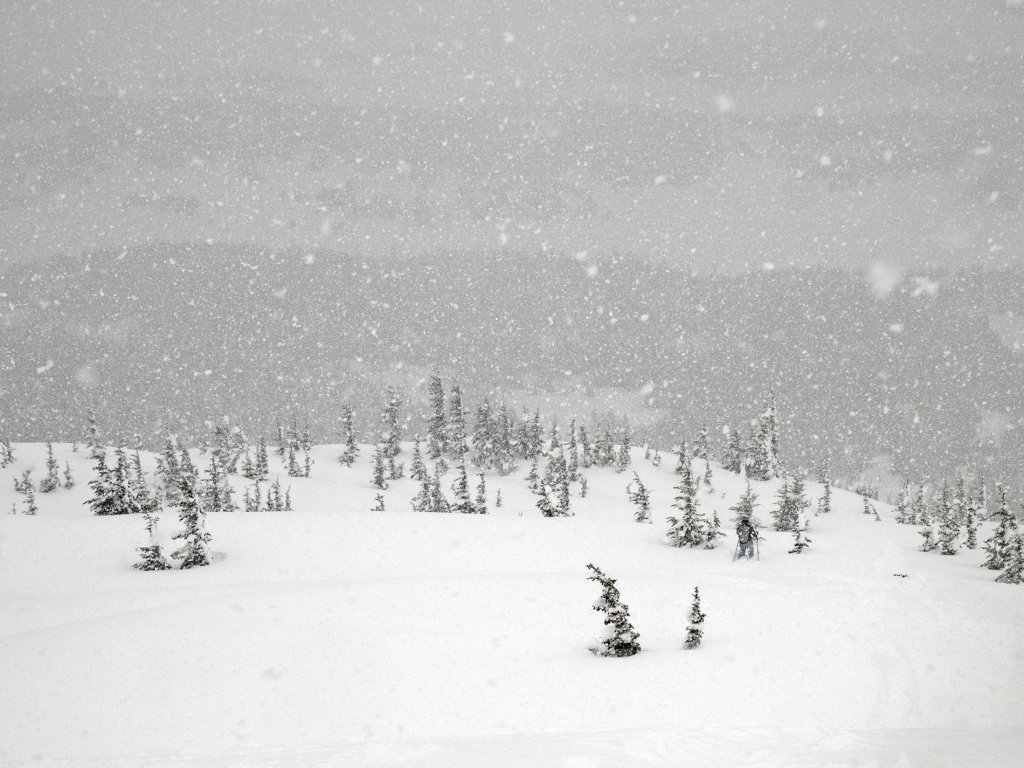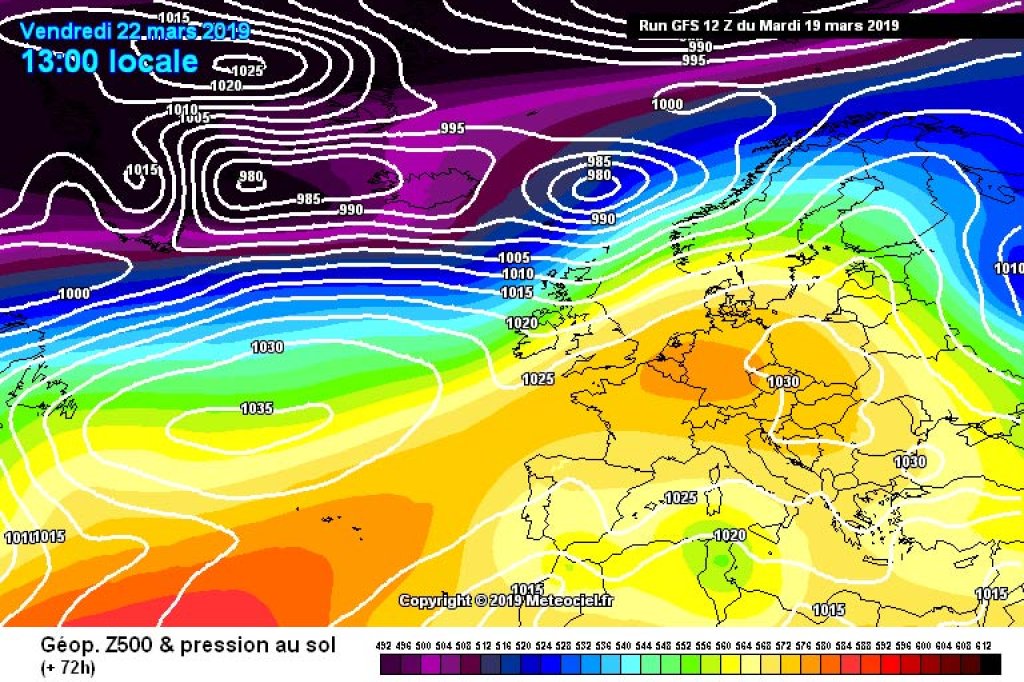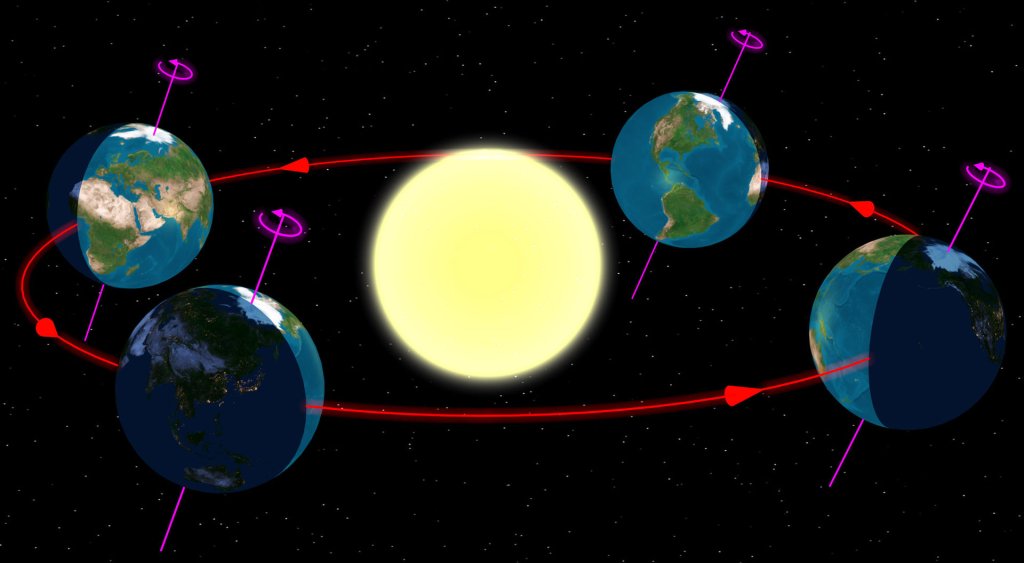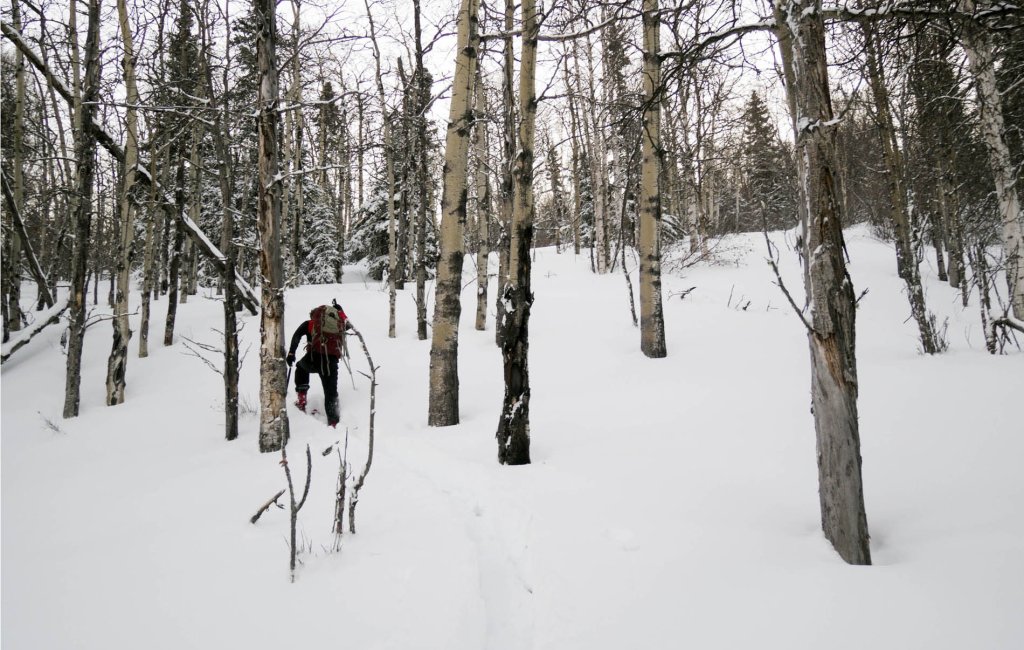Current situation and outlook
An area of high pressure is spreading over Central Europe from the west and will remain there for a few days. Today, Wednesday, the temperatures are still rather fresh with partly brisk winds from north-easterly directions. In the coming days, the wind will die down and it will get warmer. Thanks to the clear nights, a good snow cover should form and apart from the daytime warming (on Friday the zero degree limit will probably be over 3000m), nothing should stand in the way of successful firn tours.
The weather situation won't change much until the weekend. It is expected to slowly change on Sunday: According to the current model opinion, a cold front will reach the Alps around Sunday evening, heralding a more changeable, significantly cooler stretch of weather at the start of the coming week.




